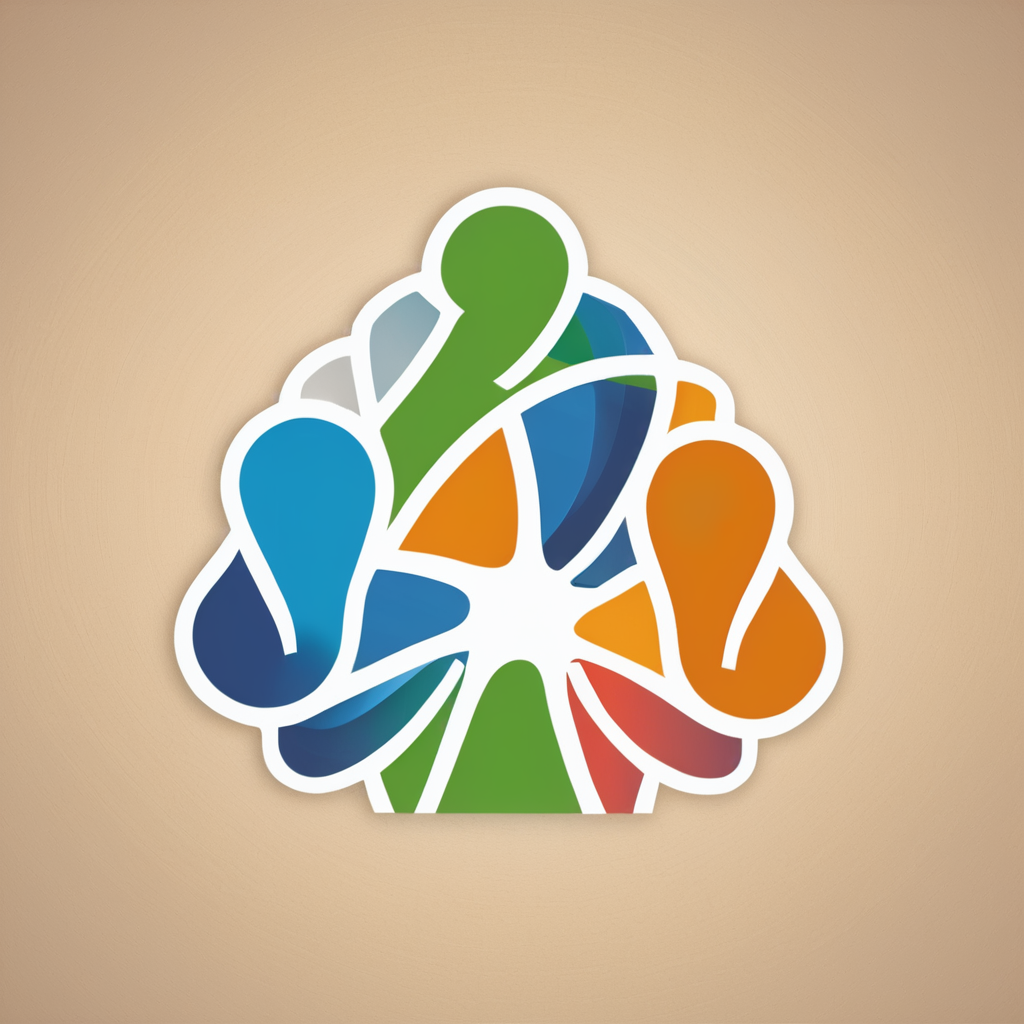Anxiety and panic can feel overwhelming, but simple, practical tools can help you regain control quickly. Recognising early signs, adopting mindful breathing, and making lifestyle adjustments build resilience against distress. Combining self-help strategies with professional advice ensures a balanced approach to managing your mental wellbeing and reducing panic’s grip.
Essential Strategies to Control Anxiety and Prevent Panic Attacks
You’ll find on this page: anxiety management on anxietychecklist.com a range of rapid action techniques to bring relief when panic strikes or anxiety takes hold. The first and most effective step is to recognize your early warning signs such as racing thoughts, increased heart rate, or shortness of breath. Identifying these cues empowers you to act swiftly before symptoms intensify.
This might interest you : Master your anxiety: top resources for a peaceful mindset
Grounding techniques can help shift focus away from overwhelming sensations. Try the 5-4-3-2-1 method: mentally list five things you see, four you can touch, three you can hear, two you can smell, and one you can taste. This approach interrupts spiraling thoughts and reconnects you with the present.
Practicing calming breathing exercises is another immediate strategy. Slow, deep breaths inhale through the nose for a count of four, hold, and exhale through the mouth for a count of six lower your physiological arousal. Repeating this pattern several times helps restore calm.
Also read : Designing an inclusive wellness strategy: prioritizing well-being for individuals with disabilities
Mindfulness practices like noticing sensations or repeating gentle affirmations also reduce anxiety’s impact. For added support, consider keeping a journal to spot recurring triggers or patterns. These actionable tools provide short-term relief and support longer-term self-regulation, making daily management easier.
Foundational Lifestyle Changes for Long-Term Anxiety Relief
Creating routines that support anxiety management: sleep, diet, and exercise
Establishing daily self-care routines to reduce anxiety is central for lasting relief. Start with a consistent sleep schedule—importance of sleep hygiene cannot be overstated. Prioritize winding down before bed with calming rituals before sleep, such as deep breathing or reading, to support a restful night. Dietary choices also matter; adjusting meals to reduce processed foods and increase whole grains, leafy greens, and proteins strengthens the anxiety and diet link and helps stabilize mood.
Regular physical activity to manage stress works both as prevention and as a response to anxiety symptoms. Engaging in outdoor walks or simple exercise routines makes it easier to buffer the effects of anxiety, with even short daily sessions providing significant benefits.
The role of social connections, family support, and workplace adjustments
Managing anxiety in relationships involves open communication, setting boundaries, and seeking family support during anxiety episodes. At work, managing work-related anxiety means recognizing triggers and advocating for breaks or flexible settings when possible.
Leveraging physical activity, yoga, and relaxation rituals for ongoing relief
Incorporating yoga offers notable benefits of yoga for anxiety relief. Pair yoga with calming breathing exercises and regular physical activity to manage stress for comprehensive support. Establish calming rituals before sleep, such as gentle stretching or mindfulness, to round out your anxiety-relieving toolkit.
Self-Help Tools and Professional Resources
Evidence-based self-help and digital resources: books, apps, guided exercises
Self-help books for anxiety management distill complex principles into everyday strategies, providing actionable steps like breathwork or journaling to track anxiety patterns. Digital tools—such as relaxation apps for stress relief—offer guided calming breathing exercises and real-time reminders for practicing deep breathing for relaxation. Many users benefit from biofeedback for anxiety control, which helps visualize physical stress responses and teaches grounding techniques to stop panic in the moment.
Journaling to track anxiety patterns makes it easier to recognize early signs of panic attacks and adjust routines for better anxiety management while working. Progressive muscle relaxation, when combined with calming visualization strategies, plays a role in reducing daily stress levels.
When and how to seek professional help: therapy options, support groups, crisis lines
If anxiety symptoms persist despite using self-help books for anxiety management or mental health apps, seeking therapy options for panic disorder like cognitive behavioural therapy may help. Anxiety support groups, available locally and online, allow shared experiences and solutions, promoting resilience during recovery. In urgent situations, crisis lines offer immediate connection to mental health professionals providing short-term anxiety relief methods and guidance for creating an anxiety action plan.
Incorporating complementary therapies and building a personalised anxiety toolkit
Complementary and alternative therapies, such as hypnotherapy and biofeedback for anxiety control, are gaining traction. Individuals often manage anxiety without medication by integrating regular physical activity, relaxation methods for anxiety, and mindfulness practices for stress relief. Building a personalised toolkit—filled with relaxation apps for stress relief, positive affirmations, and an actionable anxiety action plan—can support sustainable improvement in emotional regulation skills and overall wellbeing.
Tracking, Reflection, and Building Resilience
Journaling and self-monitoring to identify anxiety patterns and triggers
Journaling to track anxiety patterns supports understanding where anxiety begins and how it unfolds. When individuals log daily experiences, specific thoughts, and responses, they reveal triggers and cycles often missed in the moment. This tracking anxiety to identify patterns makes it easier to spot early warnings of panic attacks—for example, changes in sleep, thoughts, or physical sensations—prompting timely action to apply calming breathing exercises or natural remedies for anxiety.
Targeted journaling prompts for anxiety relief encourage honesty about feelings and circumstances. Reflection on daily stressors, successes, and setbacks helps in understanding anxiety triggers, ultimately supporting better emotional regulation skills. Anxiety journaling benefits include gaining insight, feeling less overwhelmed, and reducing the sense of isolation.
Developing emotional regulation, positive self-talk, and resilience strategies
Building resilience to stress means practicing patience and acceptance during difficult periods. Using positive affirmations to reduce stress, like “I am safe” or “This feeling will pass,” gradually replaces negative self-talk with compassionate responses. Skills in emotional regulation build with practice, especially when setbacks are reframed as learning experiences.
Using setbacks as learning opportunities and maintaining a recovery mindset
When managing anxiety, setbacks should be viewed as opportunities for reflection. Practicing patience and acceptance fosters a recovery mindset: each challenge can increase awareness of one’s anxiety triggers and develop more robust coping strategies. Resilience grows as one regularly tracks progress, adapts journaling prompts for anxiety relief, and celebrates small improvements.



